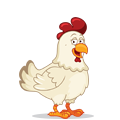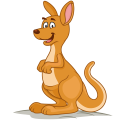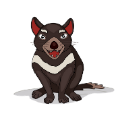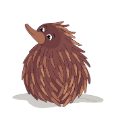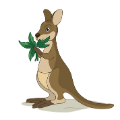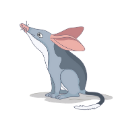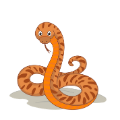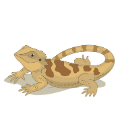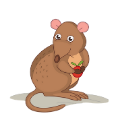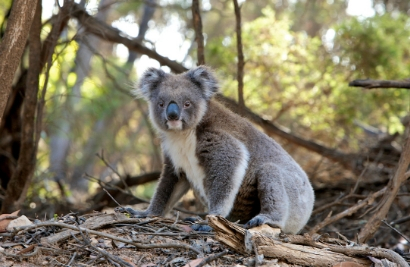
When it is hot a koala presses itself to the tree trunk to cool itself down.

Koalas usually get all of the water they need from the leaves they eat

Koalas need a lot of space (about 100 trees each).

Koalas eat over 1 kilogram of leaves each day.

Koalas sleep for about 18 hours each day.

Koala babies are the same size as a jelly bean, blind and hairless.

Like humans, koalas each have a unique fingerprint.

Koalas have a curved backbone and 2 fewer ribs than other mammals, allowing them to sleep whilst sitting curled up.

Koalas have small eyes, meaning sight is one of their weaker senses. But they have large ears, which provide excellent hearing ability.

Koalas make climbing trees look so easy because of their sharp claws that can dig into the bark and the rough pads on their paws that provide extra grip.

Fused toes in koalas rear paws act like a hairbrush

Thick, waterproof fur protects koalas from heat, cold and rain.









